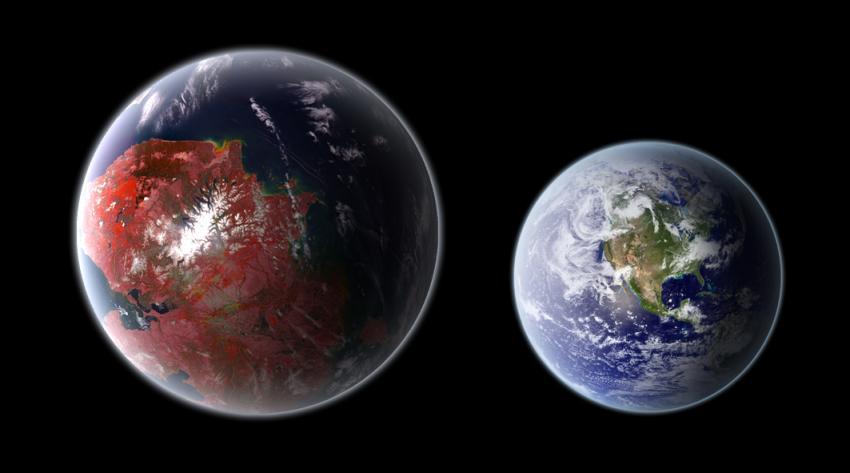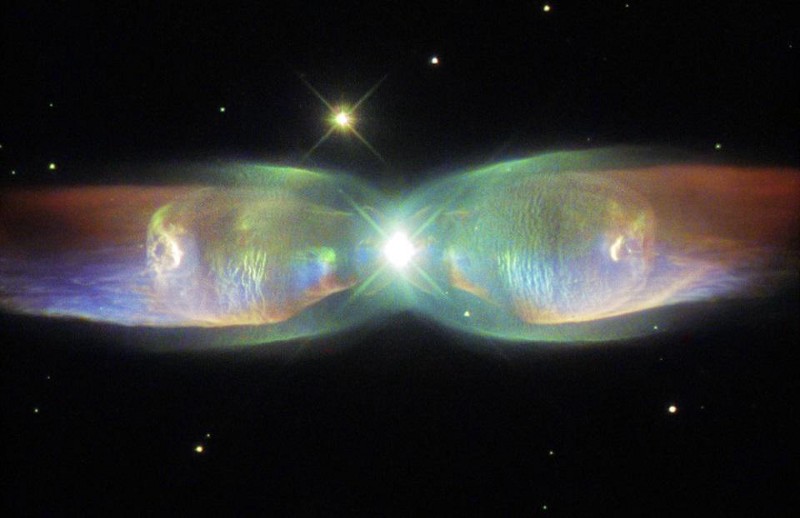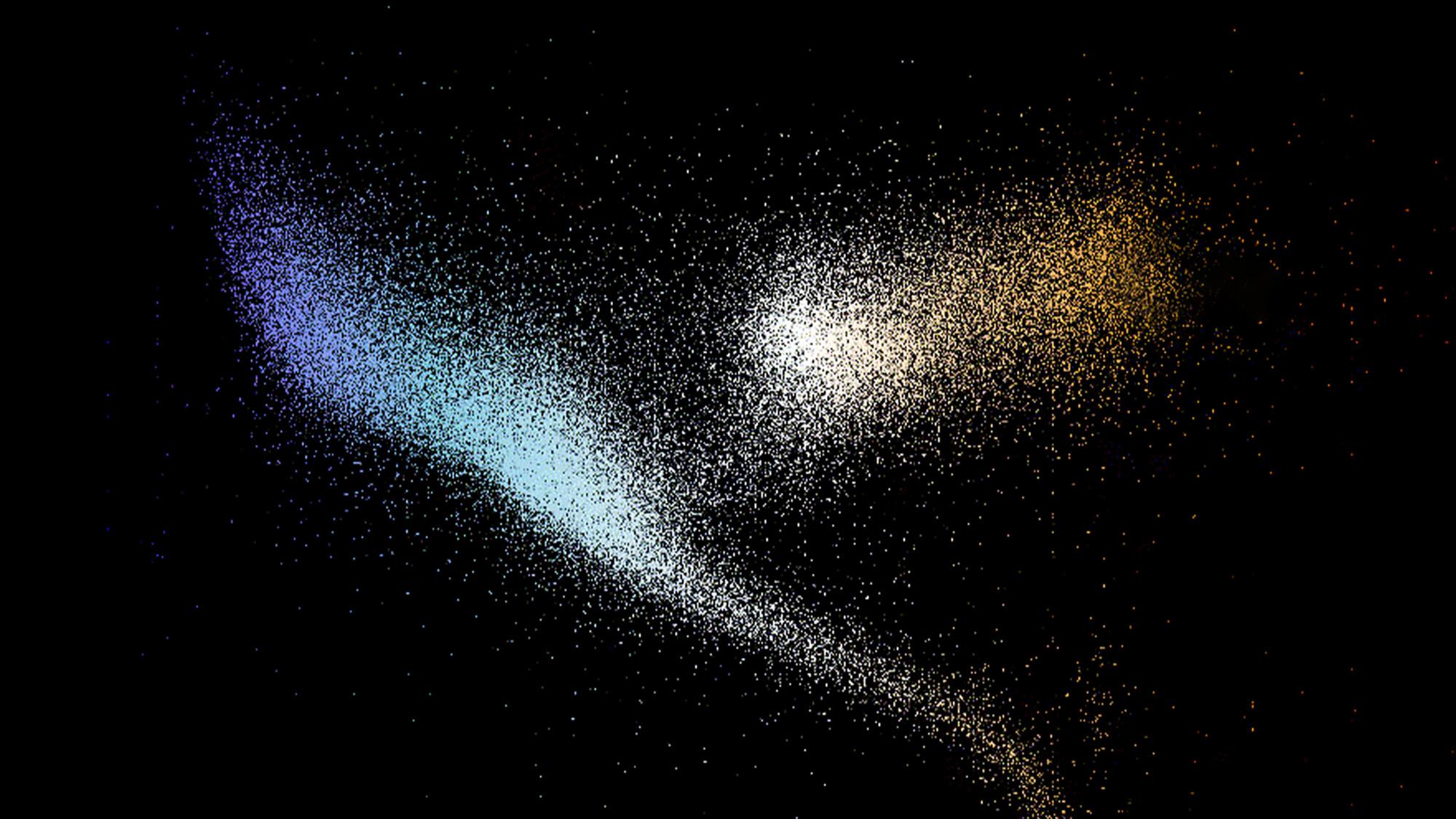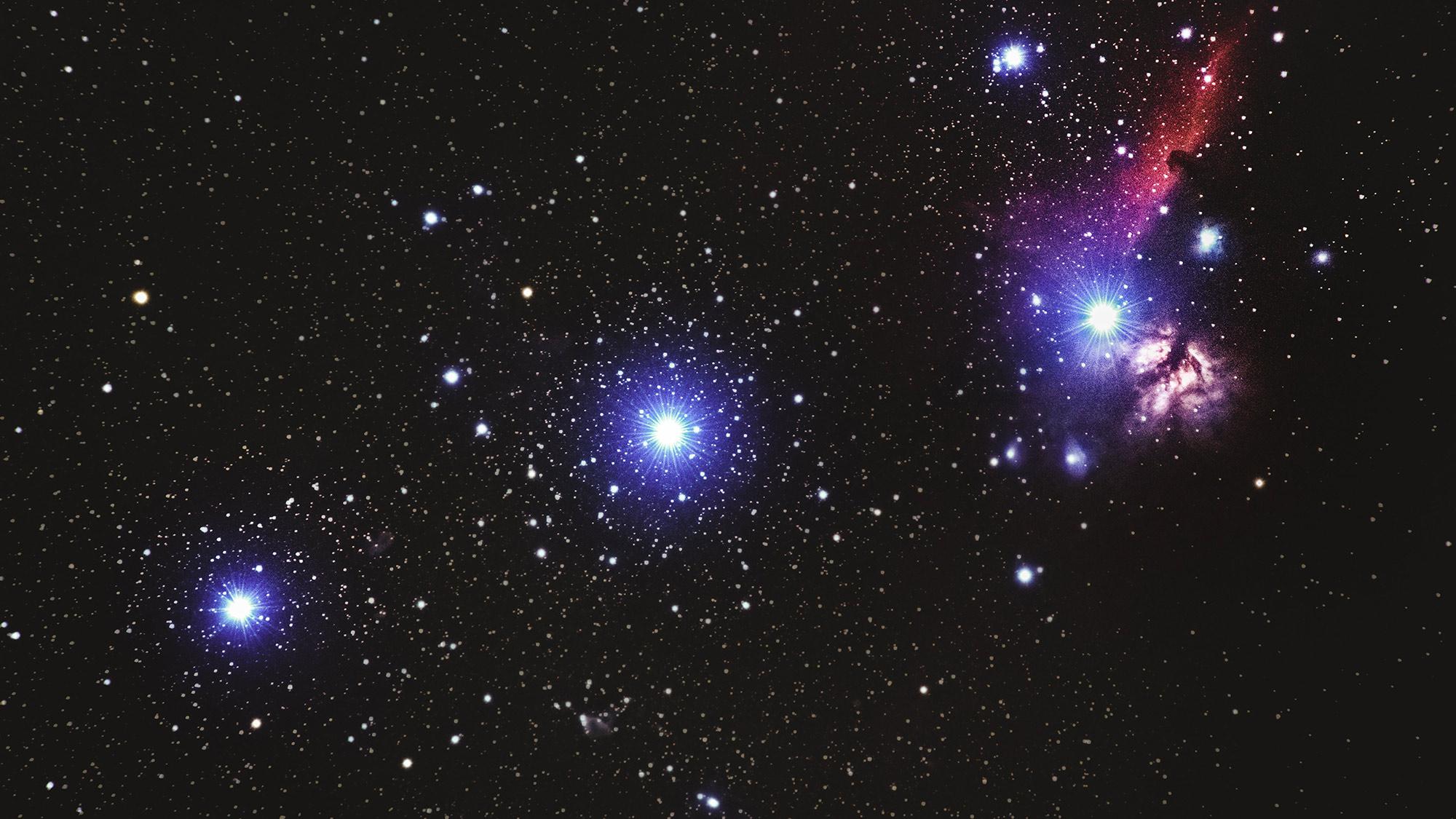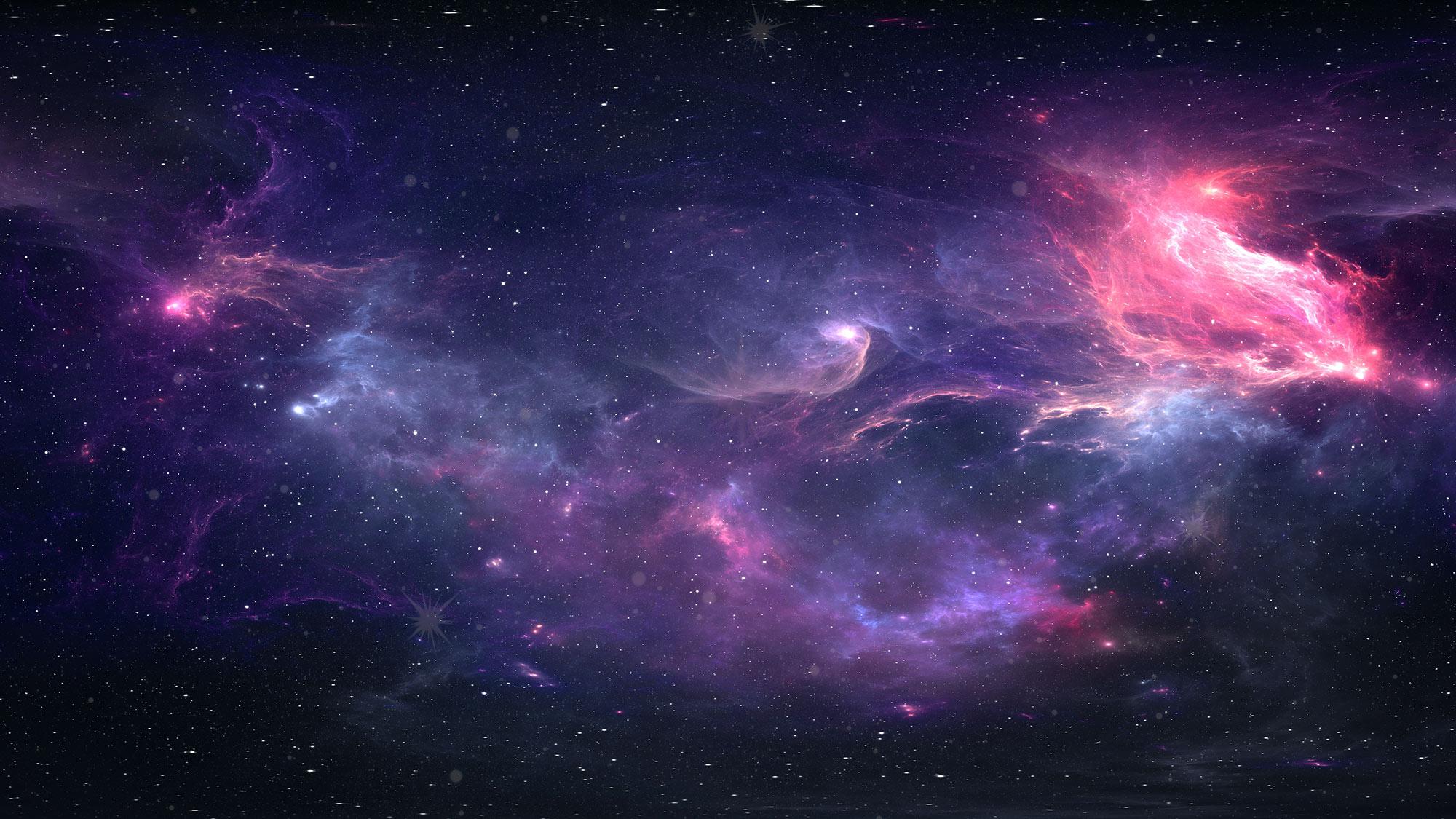What is the “average star” like? Hint: It’s not like our Sun
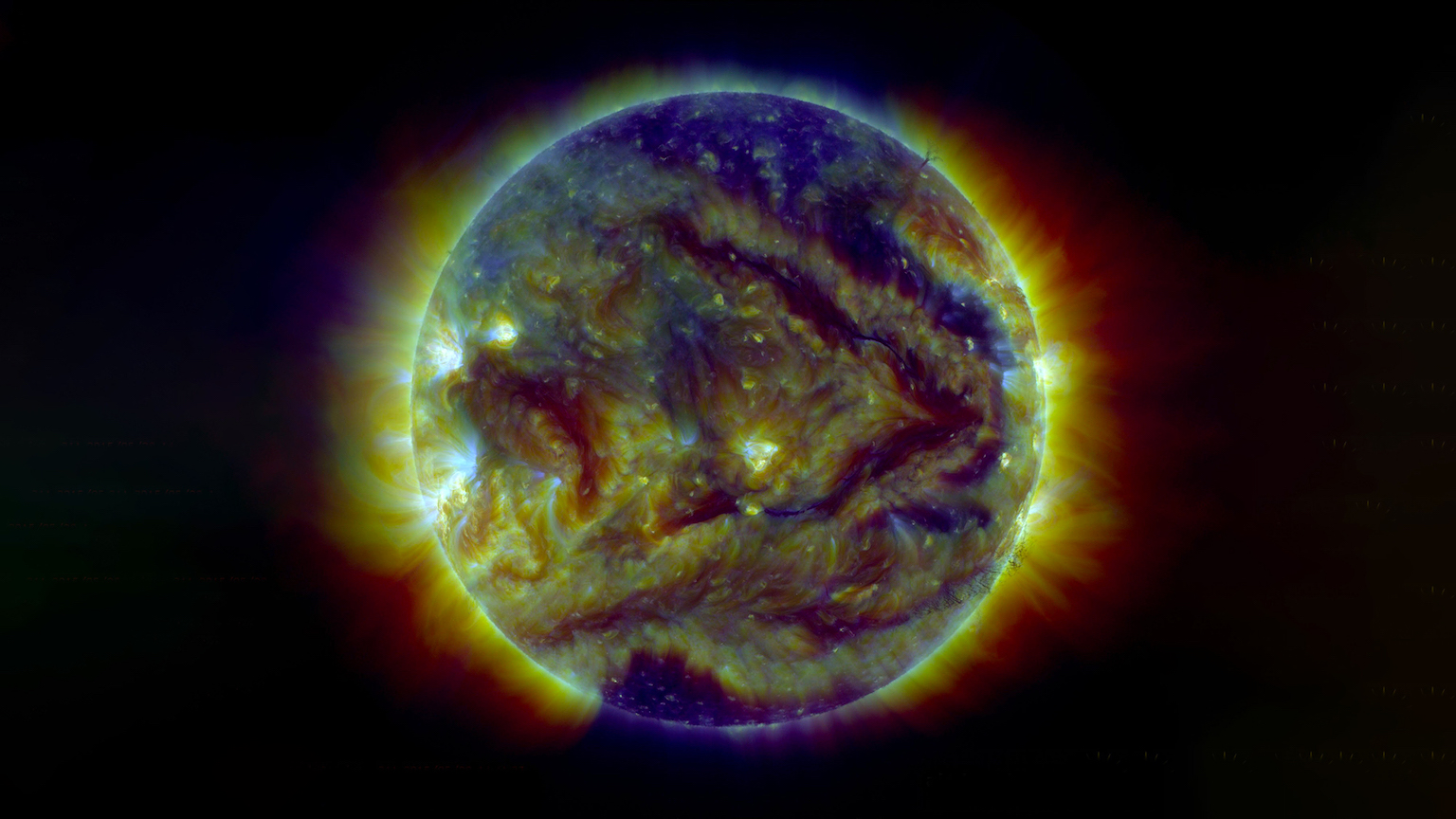
- Many people claim that our planet orbits an “average star.” But the Sun is anything but average.
- From an astronomical census viewpoint, the “average star” is about half the size of our Sun.
- This has major implications for extraterrestrial life, as these common, smaller stars produce far less energy.
You hear it all the time. Whenever someone wants to invoke the vast reaches of space and time, they will make some claim about we humans finding ourselves on a rock “orbiting an average star.” That whole “average star” meme works great if you want to make it seem like we are nothing special at all in the Universe. But from a stellar census point of view, it’s just not true.
The Sun, our happy fusion parent, is simply not average. Understanding why opens the door to some of the most interesting astrophysics in the Universe: the story of star formation.
Star formation
Stars are giant balls of hydrogen gas (with some helium and tiny amounts of heavier elements). When I say “giant,” I am not kidding. The Sun contains about a billion, billion, billion tons of stuff. This means that every star is at war with its own gravity, which is endlessly trying to squeeze it into nothingness (like a black hole). The release of energy via thermonuclear reactions in the core provide the outward push that holds back the inward crush of gravity. But how does any star get into this kind of balance? Somehow, all that gas has to be collected in one place to get stars started. Tracking that story is how we can see that the Sun is not average at all.
Stars form from clouds of gas and dust in the “interstellar medium” (ISM). Most of the stuff in the ISM is pretty tenuous, but there are places where material has been swept together by supernovae and stellar winds to form fairly dense, cold clouds. Called molecular clouds (because we can see them in light emitted by stuff like carbon monoxide), they can stretch across hundreds of light-years and contain millions of Suns’ worth of gas. Because they are so cold (as in ten degrees above absolute zero), there are parts of these clouds (let’s call them “cloudlets”) that are poised to collapse under their own gravity if you just nudge them. A passing shock wave or even a collision with another cloudlet can be enough to give gravity the edge.
Over the course of the next million years or so, the cloudlet will begin to shrink. Gas from the outer edges rains down onto the inner core, building up the densities there and creating the seed that will soon become a star. The temperatures in the core also build up as stuff at the very center gets squeezed hard by all the material packing in above it. Once the temperatures at the center rise above a few million degrees, nuclear reactions turn on and a star is, literally, born.
This story of star formation is straight-forward, and it is one we understand very well. What’s not included in the story, however, is this: What size star emerges at the end? There are stars in the sky that have 100 times the mass of our Sun. There are also stars with a tenth of our Sun’s mass. What kind of star, on average, should we expect to pop out of this star formation story?
The answer can be found just by counting up stars of different mass. From this, we get something called the initial mass function (IMF — but not like the bank), which tells us how likely it is for star formation to produce a one solar-mass star like the Sun compared with, say, a ten solar-mass star (the kind that go supernova). Wherever the initial mass function peaks, that is going to be the true “average star” in the Universe.
Our special star
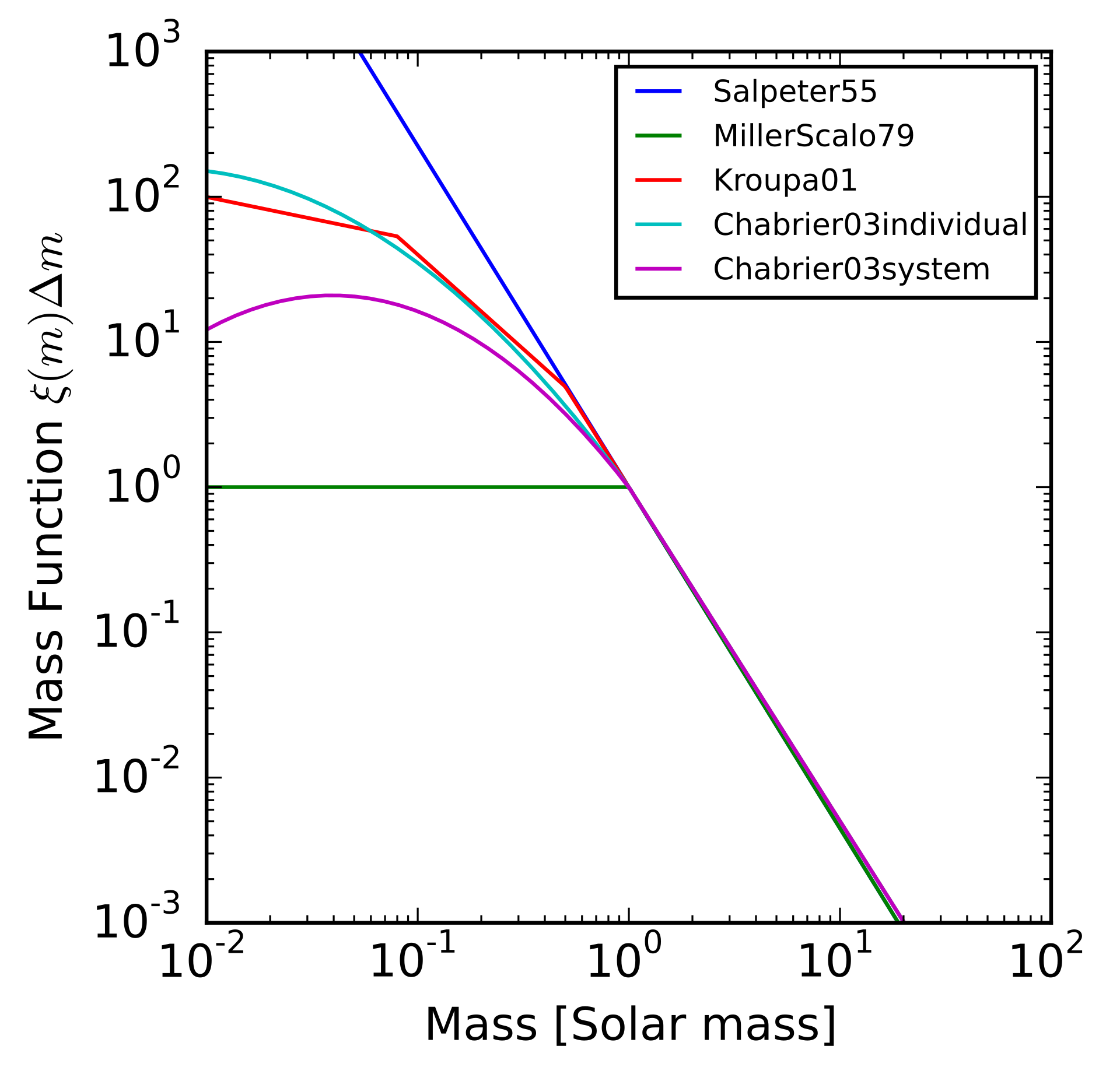
So, what’s the answer? Where does the IMF peak? Not at ten solar masses. Not at one solar mass (like the Sun). Instead, the initial mass function tops out at around one half the mass of the Sun. The most common kind of star to emerge from the star formation process is much smaller than the Sun. These stars, called “M-dwarfs,” are not just less massive; they are also smaller, with radii about half that of the Sun. They are cooler, too, with surface temperatures about 3,600° Kelvin compared to the Sun’s nearly 5600° K. Finally, they are much less bright, shining only 0.05 times as much light into space as the Sun.
All these facts are more than mere astronomical trivia. Because these smaller stars are much more numerous, there will be more of them close to us than stars like our Sun. And since we are very interested in finding planets with life in the Universe, the commonality and nearness of these M stars means that they are the places that we will be doing most of our life-hunting. But can life form using the meager energy from such dim, cold stars?
That is a question for another time. Today, it is enough to see that the glorious, bright, warm fusion furnace in our sky is indeed not average.
